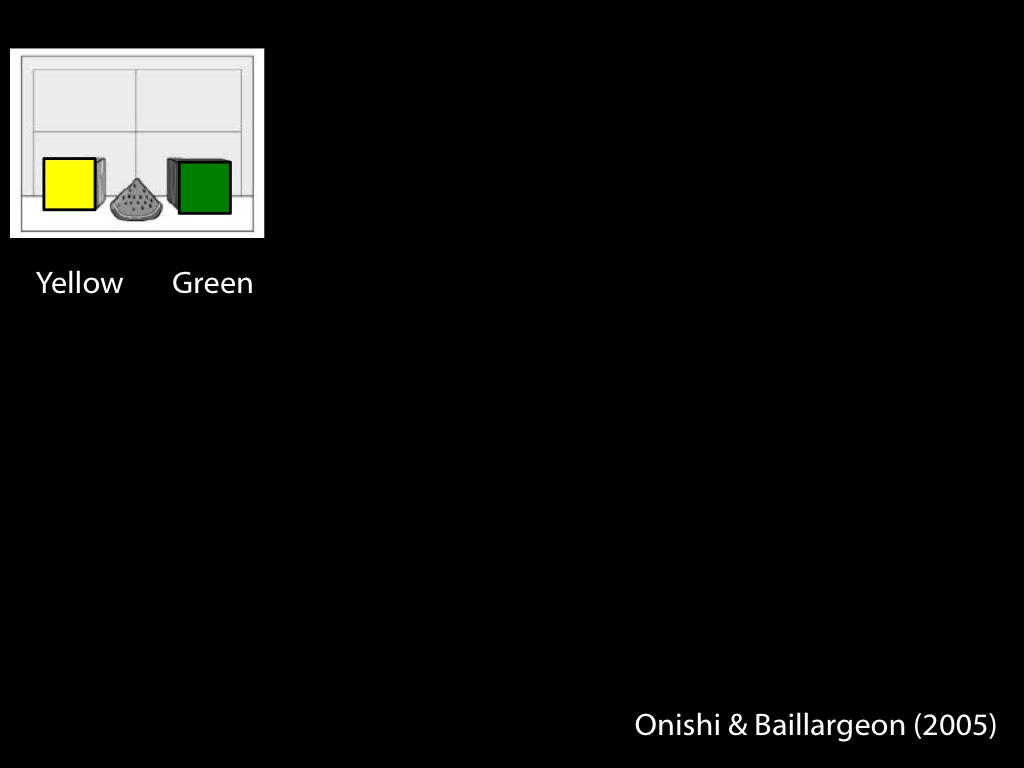One-year-old children predict actions of agents with false beliefs about the
locations of objects (Clements & Perner, 1994; Onishi & Baillargeon, 2005; Southgate, Senju, & Csibra, 2007),
and about the contents of containers (He, Bolz, & Baillargeon, 2011), taking into
account verbal communication (Song, Onishi, Baillargeon, & Fisher, 2008; Scott et al., 2012).
They
will also choose ways of helping (Buttelmann, Carpenter, & Tomasello, 2009) and
communicating (Knudsen & Liszkowski, 2012; Southgate, Chevallier, & Csibra, 2010) with others depending on
whether their beliefs are true or false. And in much the way that irrelevant
facts about the contents of others’ beliefs modulate adult subjects’ response
times, such facts also affect how long 7-month-old infants look at some
stimuli (Kovács, Téglás, & Endress, 2010).




























